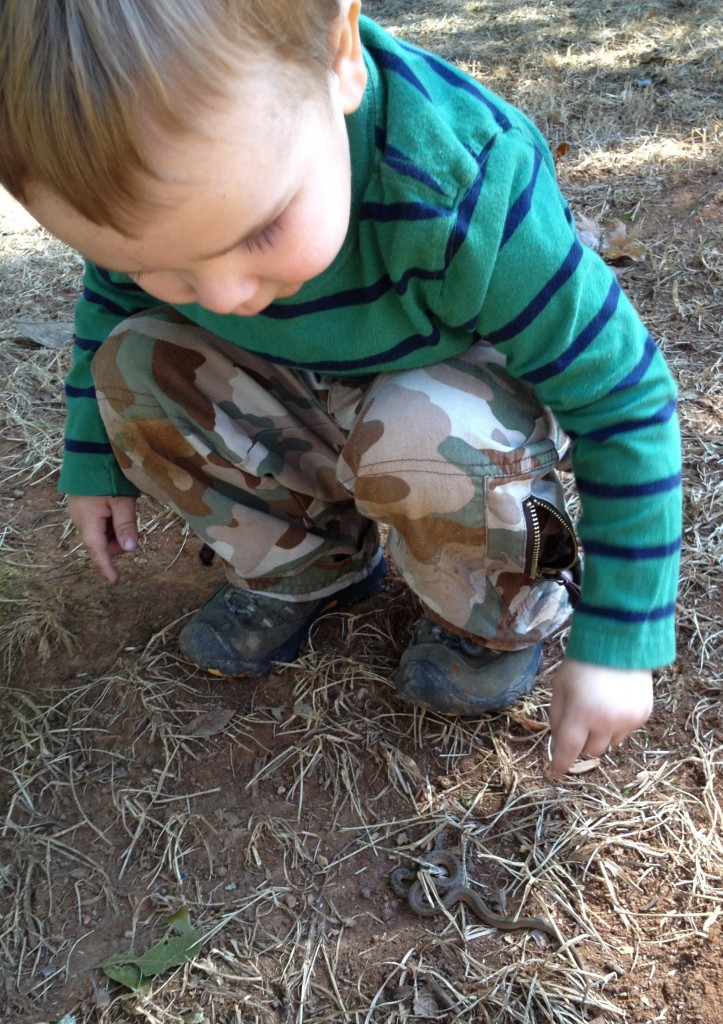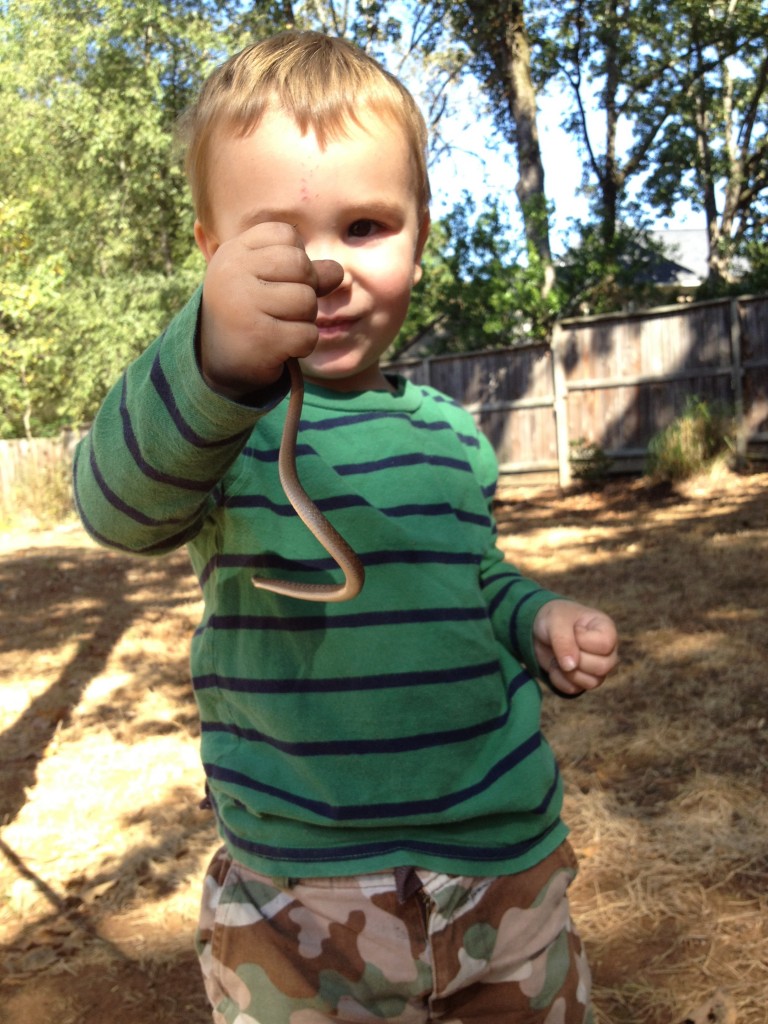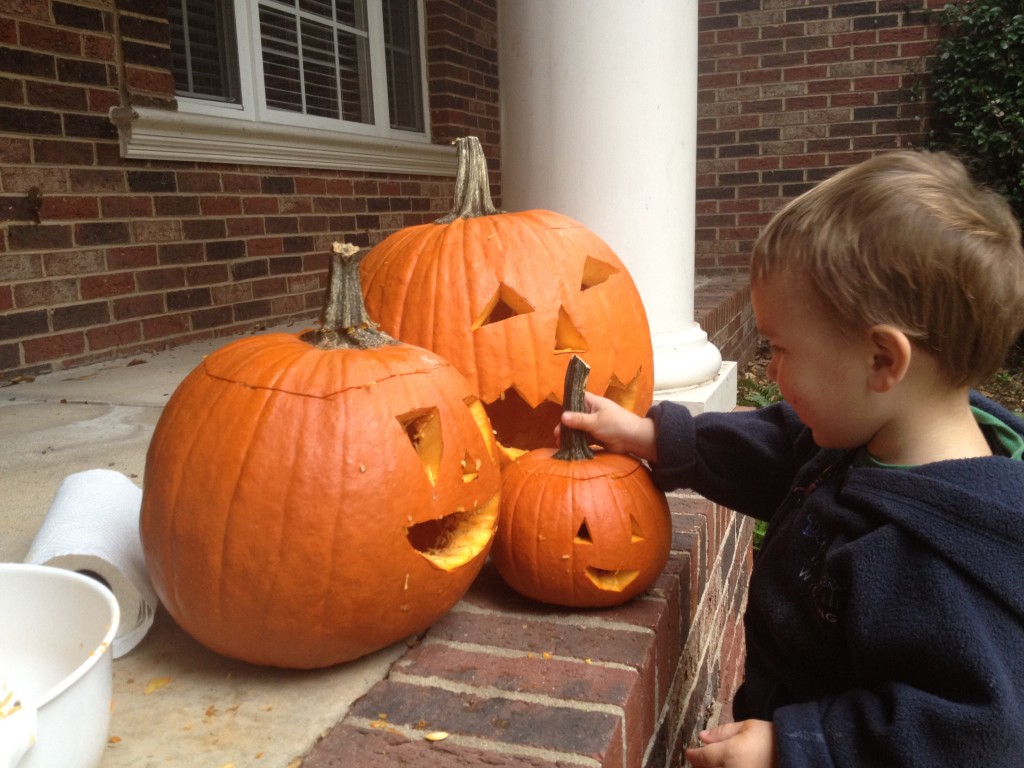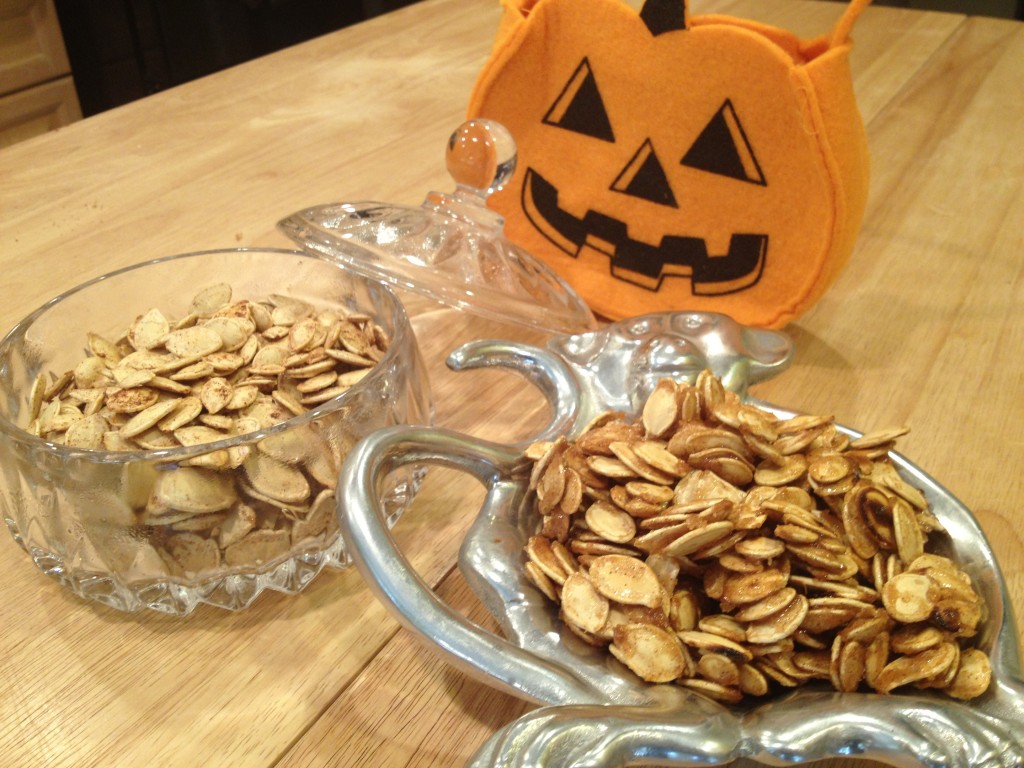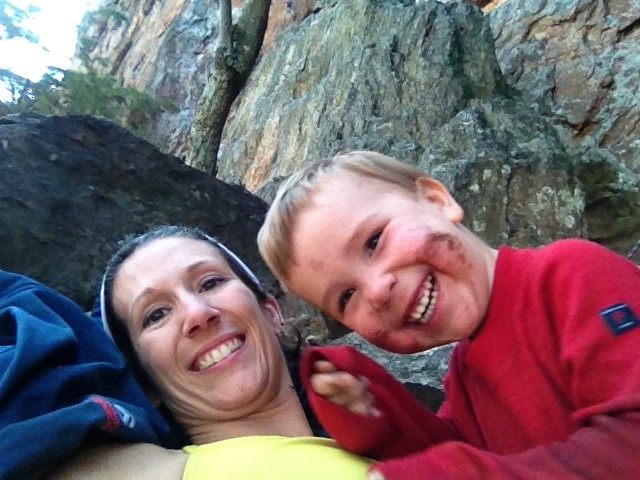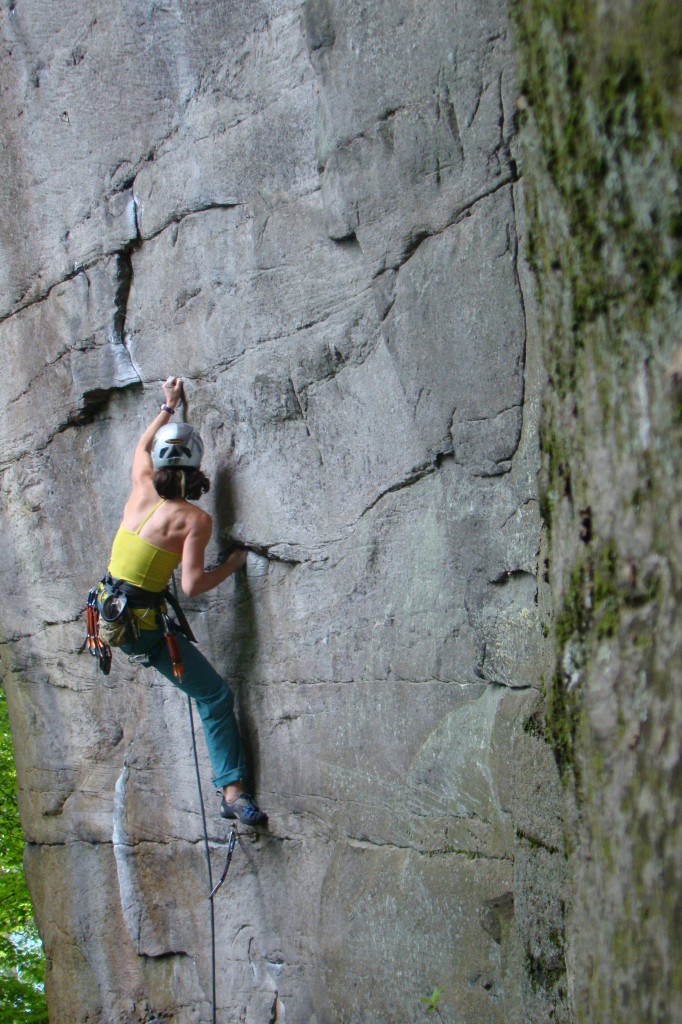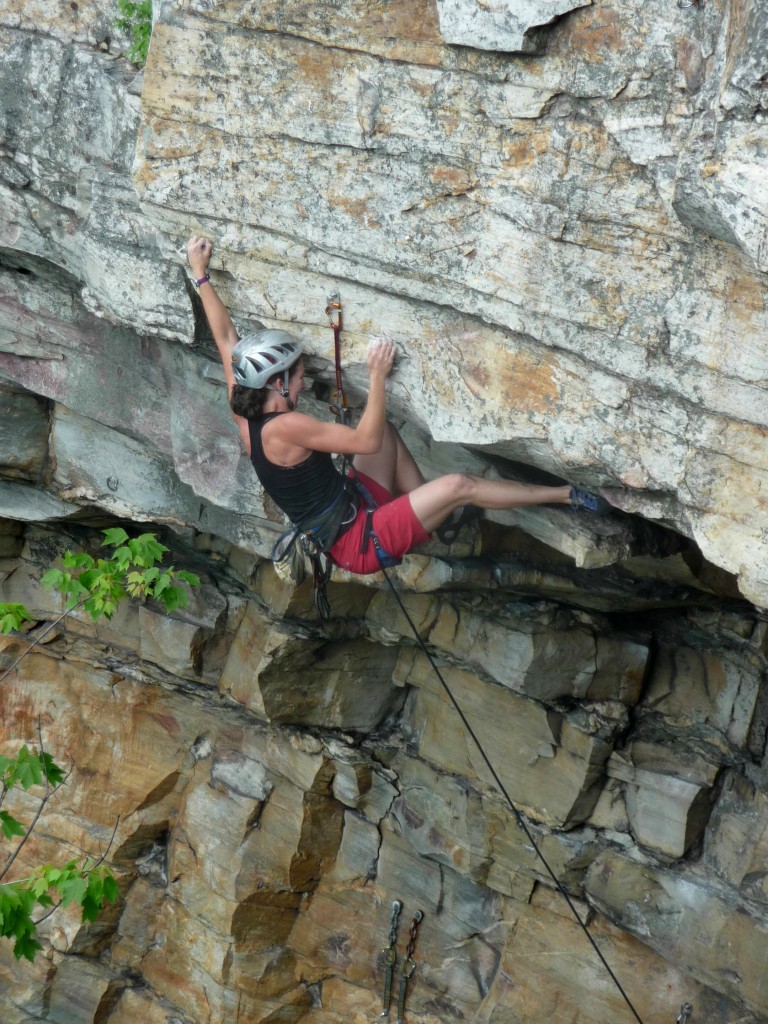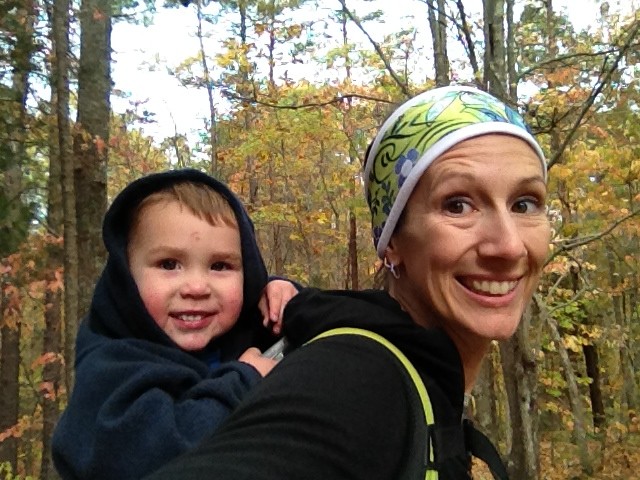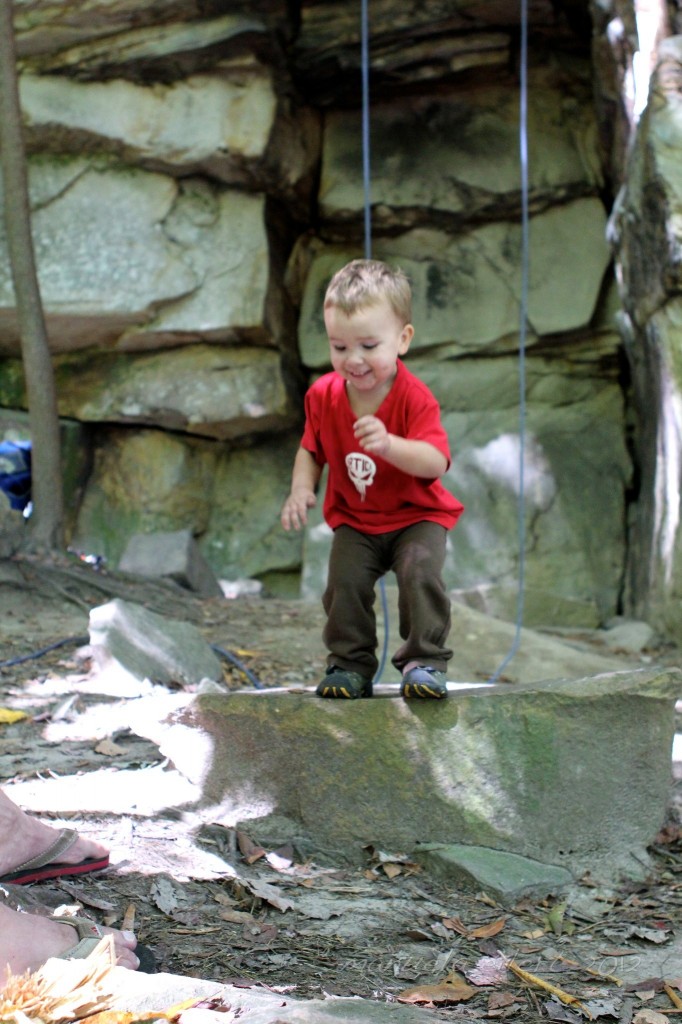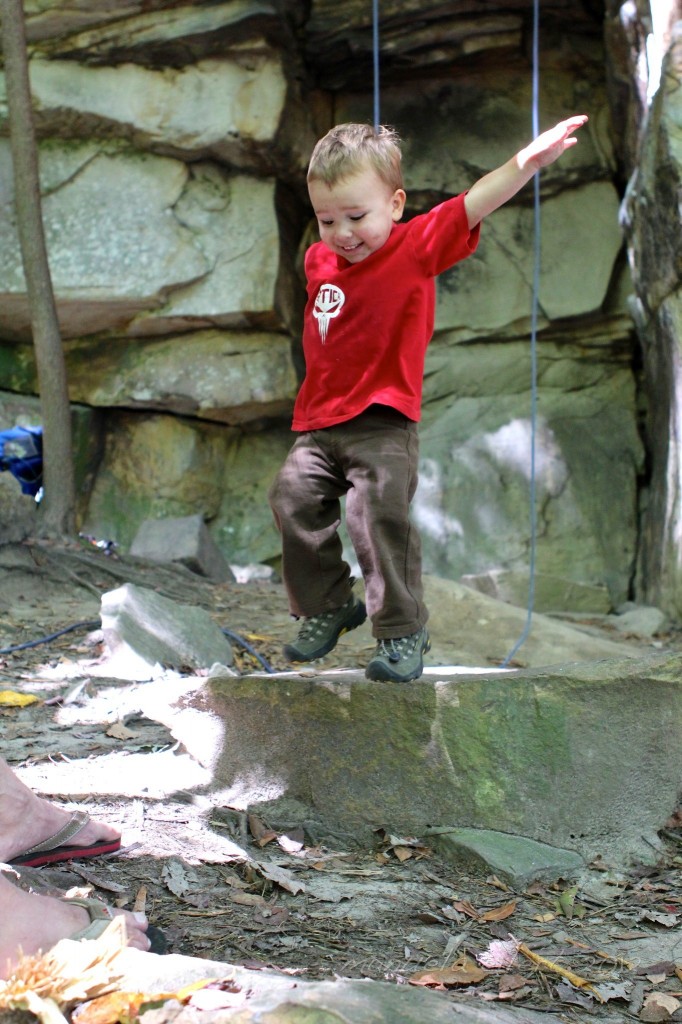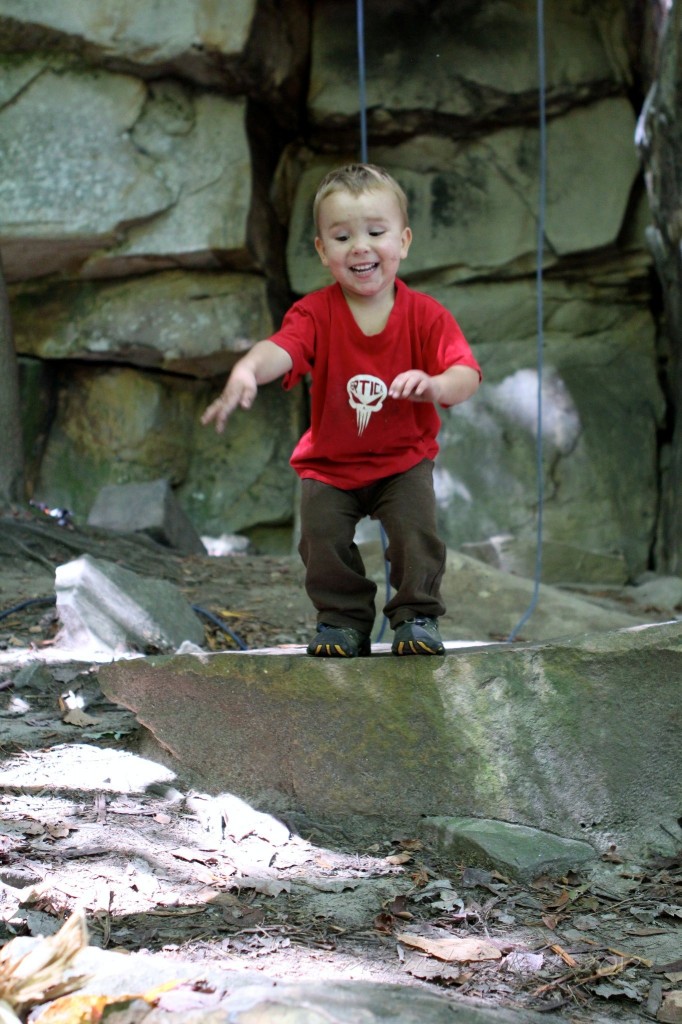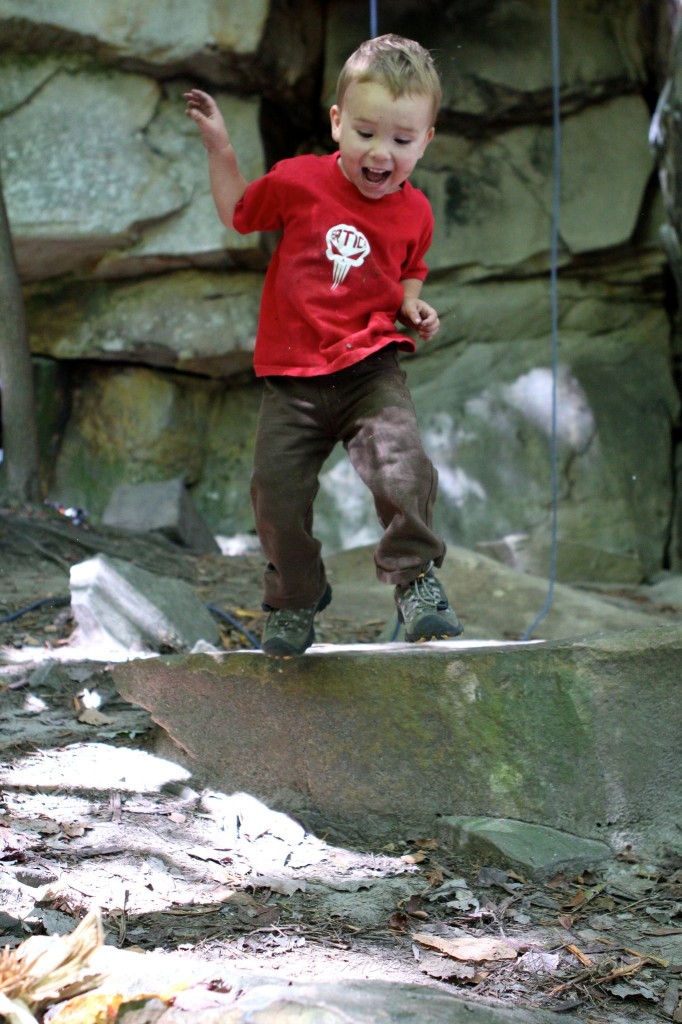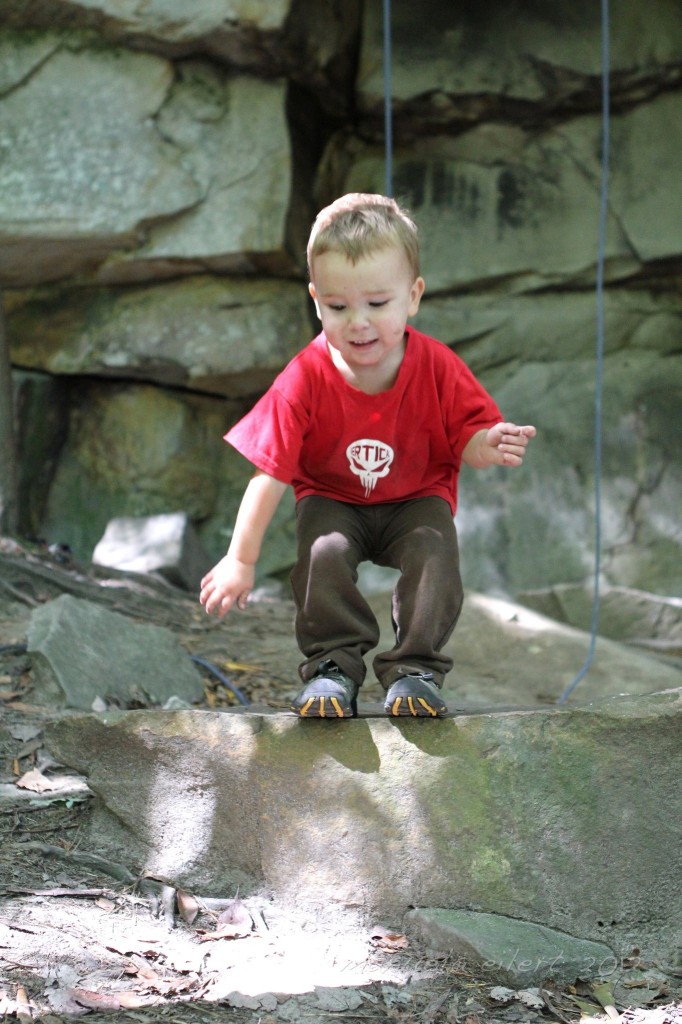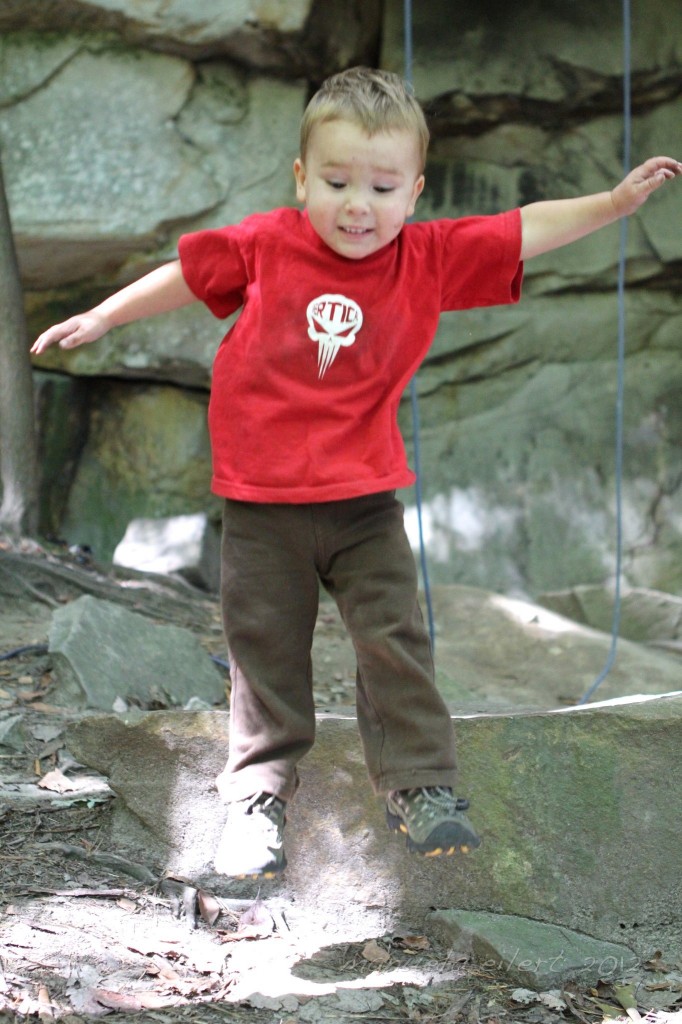Safety with Snakes and Curious Toddlers
“I see a snake Mommy.”
This was the rather nonchalant announcement from Cragbaby the other morning while we were working in the garden. I looked up to see a brown, slithery friend sunning himself on a rock. He was maybe a foot long, with a diameter similar to my index finger at his thickest point. He was motionless, and his body had obviously not warmed up enough to make a fast getaway. Either that, or he had never encountered a curious toddler. My guess is that the next time he sees C coming he’ll summon up enough energy to make himself out of reach…
I should probably back up at this point to give a little background about our family when it comes to snakes. We are a reptile-loving family. Back when we lived in Raleigh, we faithfully attended almost all of the exotic reptile shows that came to the state fairgrounds, and recorded practically every Animal Planet ever made on snakes. In fact, one of our favorite vacations (Everglades National Park) was prompted by a documentary on Burmese Pythons that are released into the glades and causing a ruckus for native species. Save our hermit crab purchase at the beach this past summer, the only pets Steve and I have ever owned as a married couple have been snakes – a Ball Python named Sarpa, and a Green Tree Python named Hazmat. During my pre-Cragbaby teacher days, Sarpa would make appearances multiple times per year during each classroom’s reptile unit. (Hazmat, on the other hand, was a little too feisty and unpredictable for the classroom…) We sold both snakes shortly after we moved to Charlotte, but suffice it to say, our household is pretty comfortable around snakes…rodents, on the other hand, have always given me the heebie jeebies. (No doubt the result of some negative experiences with a hamster as a child.)
So when C made his serpentine proclamation that morning in the garden, I was excited about the opportunity for a teachable moment with him about reptile safety. It was a charming conversation, one that I wished I had been able to get on video. As I held the snake up for him to get a closer look, he proceeded to give me a slew of scientific observations.
“Snake has a tail, Mommy.”
“Snake sticking his tongue out, Mommy.”
“Snakes are wiggly, Mommy.”
We then had a long conversation about different types of snakes. I explained to C that some snakes are dangerous, and how it is very important that he never, ever touch any snake unless Mommy or Daddy says it is okay.
I hope it’s obvious that I never in a million years would have attempted to touch any animal, snake or otherwise, if I wasn’t 110% sure it was not venomous.. (let alone allow my son to touch it!) The snake in question was a brown snake, and I held it from a distance for a long time before determining it was laidback enough for C. The brown snake is a very common inhabitant of flowerbeds and gardens. Slugs and snails make up a large part of their diet, so they are actually pretty helpful to have around.
After about 15 minutes or so I figured the poor little snake had probably had enough of our impromptu science lesson, so we watched him slither away to a hideaway under a pile of firewood. But the lessons learned have thankfully not been a short-lived. When Daddy came home that afternoon, C was filled to the brim with excitement to share his latest herpetology factoids…
“Some snakes dangerous, Daddy.”
“Don’t touch dangerous snakes, Daddy.”
I know that snakes aren’t that popular with a lot of folks, but I think a lot of times they get an undeserved bad rap. Far from evil, these guys do a heck of a lot more help than harm for the ecosystem. As an outdoor kid, this will probably be the first of many close encounters Cragbaby will have with the serpentine kind, and I want him to learn how to appreciate as well as respect these fascinating creatures. And I think education is probably the biggest key to ensure that everyone lives happily ever after – from the friendly little garden snake that can be enjoyed up close to the rightfully-imposing copperhead that should be given a wide berth.
What’s your family’s stance on reptiles in the wild? Is it sometimes okay to touch? Always look, never touch? Or run in the other direction? This can sometimes be a controversial topic, so I’d love to know other’s opinions!

